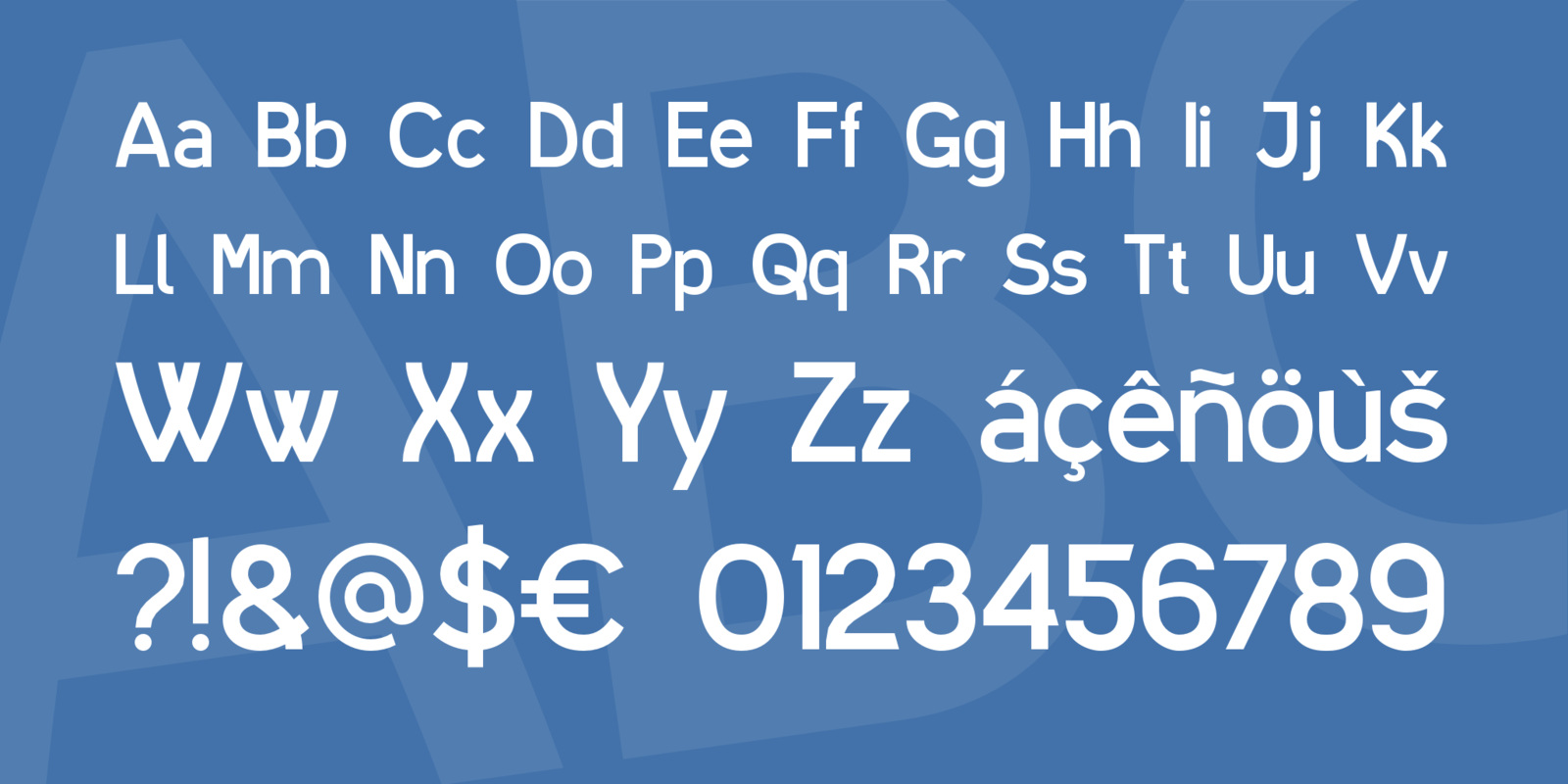I Shot Serif
I SHOT THE SERIF: IS FONT CHOICE IMPORTANT?
When Imarried a man with the very Italian surname of Iacullo, I had no illusionsabout the spelling and pronunciation mishaps that were likely to follow. I knewI’d have to endure a certain amount of ribbing about the surplus of vowels inthe old country and make endless attempts to explain that yes, my new last namereally did begin with the letter “I” followed by “A,” and no, it wasn’tactually that difficult to pronounce.
Thiswasn’t a big deal for me. After all, I’d already spent 30 years with a maidenname – DeLay – that gave me an incentive to be patient with customer servicerepresentatives who were sure I’d actually said “Daley” or “Delaney.” (I’d alsolearned to smile my way through conversations with teachers who delighted indropping hints about homework deadlines and airline employees who tried to makelight of scheduling mishaps.)


Originally written by Bob Marley, Clapton's version of I Shot the Sheri. Watch Eric Clapton perform 'I Shot The Sheriff' live from Chicago at Crossroads 2010.
A littlemore than a decade ago, though, things started to get weird. More specifically,I started to get mail addressed to “Jennifer Lacullo” instead of “JenniferIacullo.” I also started having to explain to befuddled pharmacists,receptionists, and clerks that they should check to see whether my informationhad been misfiled under “L” rather than “I.”

- I Shot the Serif T-Shirt 5.0 out of 5 stars 1 rating. Price: $19.99 FREE Shipping Get free shipping Free 5-8 day shipping within the U.S. When you order $25.00 of eligible items sold or fulfilled by Amazon. Or get 4-5 business-day shipping on this item for $5.99. (Prices may vary for AK and HI.).
- I shot the sheriff, but I swear it was in self-defense. I shot the sheriff, and they say it is a capital offense. Sheriff John Brown always hated me; For what I don't know. Every time that I plant a seed He said, 'Kill it before it grows.' He said, 'Kill it before it grows.' I say: I shot the sheriff, but I swear it was in self-defense.
- I Shot the Serif is a contemporary, sans serif display font perfect for headlines. Available in both TTF and OTF formats, it’s yours to download absolutely free and use on your marketing collateral, web site or projects.
I didn’tquite understand why this kept happening – until I installed Microsoft’s Office2007 suite on my computer.
One of thefirst things I noticed about the new software was a change in the default fontused for Microsoft Word. The venerable Times New Roman was out, replaced by anupstart sans-serif font that went by the name of Calibri.
I Shot The Serif Poster
I had noreal objections to this change at first. In fact, my initial impression wasthat Calibri was somewhat more elegant and less blocky than sans-serifstalwarts such as Arial and Helvetica.
But then Isaw what happened when I typed my married name.
In TimesNew Roman, “Iacullo” had been relatively easy to read. Each individual letterhad a different appearance, and the serifs made it easy to tell the differencebetween the upper-case “I” and the lower-case “L.”
In Calibri, “Iacullo” was a more slippery target. Without the serifs, the two letters in question looked virtually identical:
Once I sawCalibri in action, I realized that Microsoft Word was hardly the sole offender.I noticed that most online forms used Arial or another sans-serif font that madelittle distinction between the upper-case “I” and the lower-case “L,” and I deducedthat most of the confusion occurred in situations where people had to read mycontact information on a screen and then write it out by hand on another form.I then asked myself whether I could avoid this problem by using only lower-caseletters when filling out online forms but concluded (regretfully) that I wasn’twilling to forsake proper capitalization, even if there were no serifsavailable to plead my case.
Visuals matter

On onelevel, the above is a purely personal anecdote – a mildly humorous tale aboutthe collision between Italian last names, web designers’ preference forvisually crisp fonts, and my own stubborn adherence to the rules ofcapitalization that I learned so long ago.
On anotherlevel, though, it is a plea to remember that visuals matter.
Certainly,there are reasons to go with sans-serif fonts. When you’re tired or distractedor hustling to meet deadlines, it’s easier to fall in line with the defaultchoice – to let Microsoft Word compose your letter in Calibri, for instance.And when you’re a web or app designer who wants every pixel on the screen to beclear, it’s logical to use a sans-seriffont such as Arial, which will never have the fuzzy look of serif fonts such asTimesNew Roman.
But theworld doesn’t end at the edge of our screens. The words we see on our monitorsand on our smart devices don’t always remain in the digital realm. Even whenwe’re trying to maintain a paperless office or rely exclusively on electronicrecords, sometimes we have to write information down by hand or retype it onanother machine. If so, mistakes can happen – especially when we’re in a hurryand just trying to jot down what we see. And sometimes the price of suchmistakes isn’t just the exasperation felt by people in my situation (or by peoplesuch as my friend Ilana G-, who has told me that she regularly receives mailaddressed to “Llana G-”). There can also be consequences such as delays inpicking up urgently needed medication for hospital patients in criticalcondition and difficulties in obtaining accurate contact information for potentialnew clients.
I Shot Sheriff Eric
Likewise,sometimes we have to take the information we obtain from screens and turn itinto printed material, such as a quarterly earnings report or a legal filing.And if we print it in sans-serif fonts, we run the risk of turning out materialthat will be difficult to read. (On paper, serif fonts tend to be easier on theeye and the brain because each letter has a distinctive look.)
The goodnews is that there is a simple two-part way to avoid the negative results discussedhere. First, when typing something up, ask yourself how the text is likely tobe used. If it’s going to stay on the screen and never go offline, sans-seriffonts are likely to be fine. (Indeed, they may even be preferable from a visualstandpoint.) If it has to be printed out or transferred to another format,consider using serifs to enhance readability – or look into sans-serif fontssuch as Optima, which use subtle visual cues to suggest serifs withoutcompromising their clean lines.